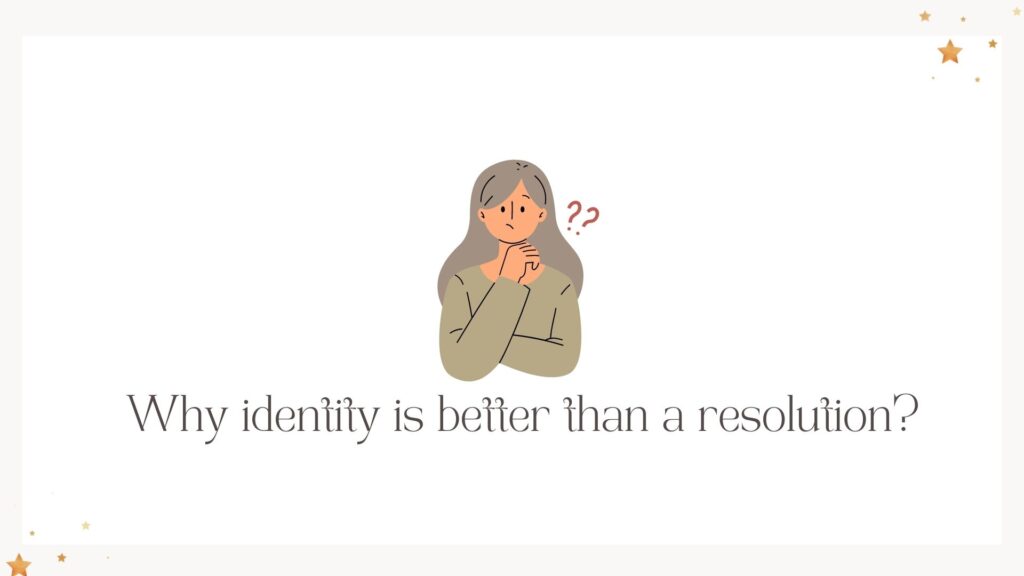How to plan your New Year’s Resolutions?
Share
The year is almost over and it is time for many people to start making New Year’s resolutions! In this article, we wanted to go over some of the best ways to make New Year’s resolutions that are meaningful and impactful.

Why New Year’s Resolutions fail?
Before we get into how to make your resolutions, let’s take a look into why resolutions tend to fail. According to a study in 2016, only 9 percent of people who made New Year’s resolutions actually kept up with them at the end of the year.

Lack of motivation
We often make a resolution because we know it’s the right resolution, but not planning to go through with it. It’s easy to write down a resolution, but it takes actual work and commitment to keep one.
Lack of clarity
If we make unclear resolutions like “I want to lose weight”, it provides no basis on what you actually have to do! For example, you have to ask yourself “How much do you want to lose?” and “What steps are you going to take?”. Without clarifying your resolution, it’s impossible to keep it.
Wish for the Future
Resolutions are often a wish for the future. Wishes are not actions so we have to reframe our thinking to make sure that we will keep the resolution in the present moment.
Lack of a plan
Similar to a lack of clarity, there needs to be a plan of action to go through with a resolution! It’s important to break it down to make sure that you know how to take a step-by-step approach.
Negative Thinking
Resolutions can come from a negative mindset. You might think to yourself “I’m fat” or “I am a bad student”. Making resolutions from a negative standpoint is not a good catalyst for change! Instead, try to think of how good changes are going to enhance who you already are.
What should your resolution be? A new identity!
To solve these problems that lead to failed New Year’s resolutions, the best way is to create a new identity.

So, what is a “New Identity”?
Identities are what defines who you are! It is rooted in the present moment and it is a good indicator of your actions.
For example, if you identify as an athlete, you must be passionate about sports, exercise, and do these activities regularly. You might even eat certain foods to enhance your performance as an athlete.
Setting an identity instead of a resolution, could bring lots of positive change just by shifting your mindset!
If you planned for a resolution like “I want to lose weight”, you can reframe this to “I am an athletic person”. Instead of a goal just to lose weight, you can change your whole lifestyle choices based on this new identity! An athletic person has more muscle, goes to the gym regularly, and it is a big passion of theirs. Identity change can go beyond a resolution and carry on for the rest of your life.
Why Identity is better than a resolution?

Positive thinking
This kind of mindset is rooted in positivity. Instead of thinking negatively about yourself, you need to simply identify as a certain “type” of person! It is a kind of “fake it till you make it” type of thinking!
It helps you gain clarity
When imagining what steps you need to take, an identity shift can allow you to have more clarity on what you need to do. For example, if you choose to switch your identity to an “athletic person”, you can join excersise events, group classes, and pretend that your passion is in athletics until you actually become one.
It is more transformative than a small goal
Instead of a small goal like “losing weight”, thinking “I am an athlete” could transform your entire self for the rest of your life. Losing weight might be part of what happens as you “are an athlete”.
Resolution Reflection & Planning Printable workbook:
Creating habits from your identity is the key to lasting change! After all, habits make up the work you need to do to shift your identity.
We first recommend you to go through our Resolution Reflection & Planning Workbook to reflect on your past year, your upcoming year, and what kind of identity you want to embody.
Then, set your habits and goals, by going through our 6-steps from goals to systems workbook. Try to go through it with the mindset of a new identity.
Don’t limit it to the New Year!
Finally, don’t limit yourself to making New Year’s resolutions on January 1st! Creating resolutions and reflecting on your year can be done at any time. It’s important to check in with yourself and shift things as you go! We all change as time goes on. Even if you made a resolution on January 1st, you might have a new perspective or grown in a certain way several months later!